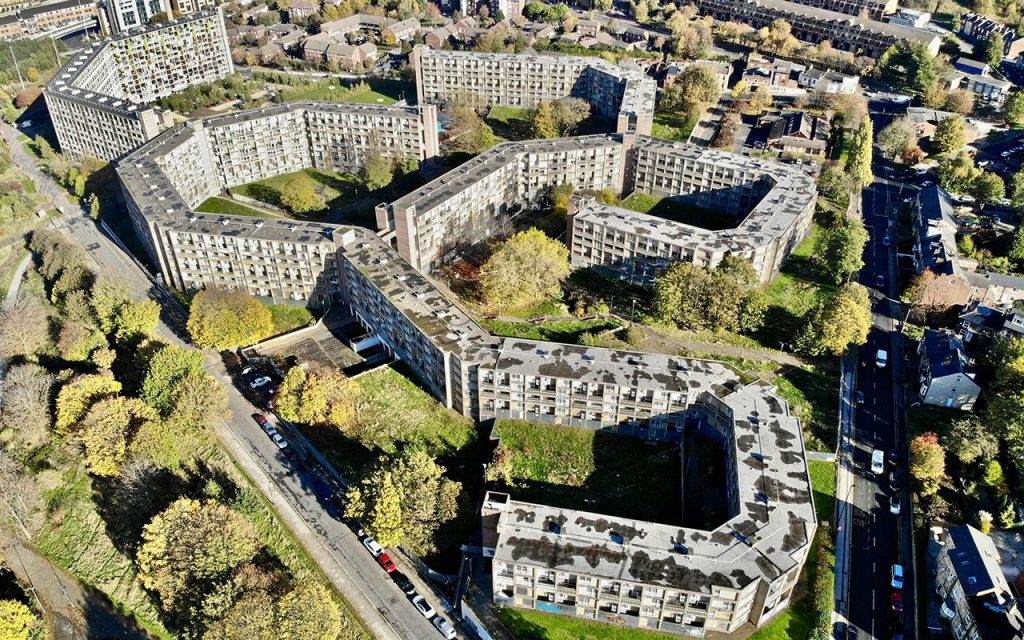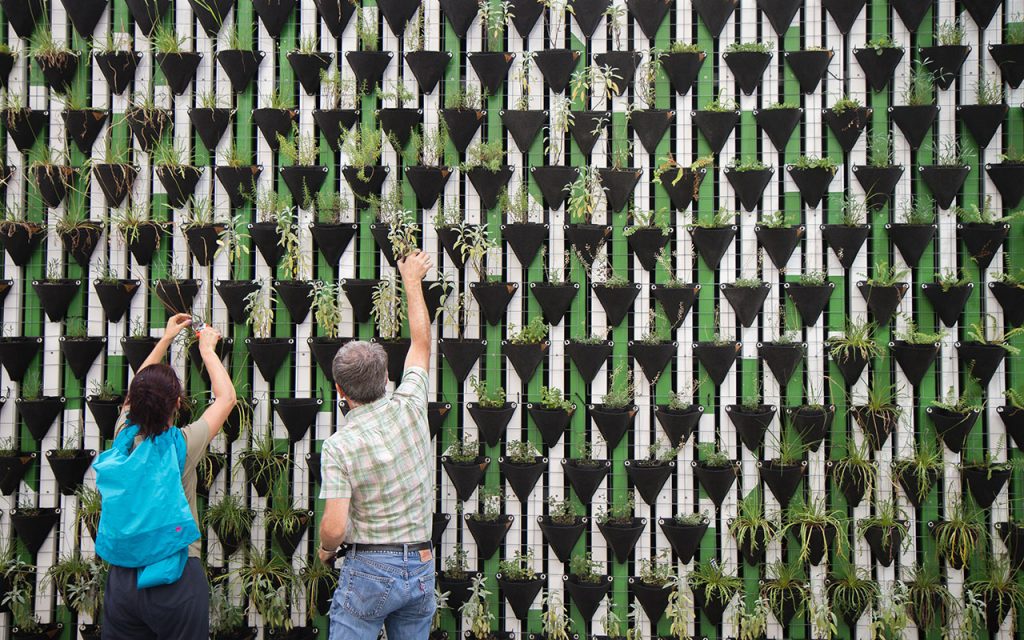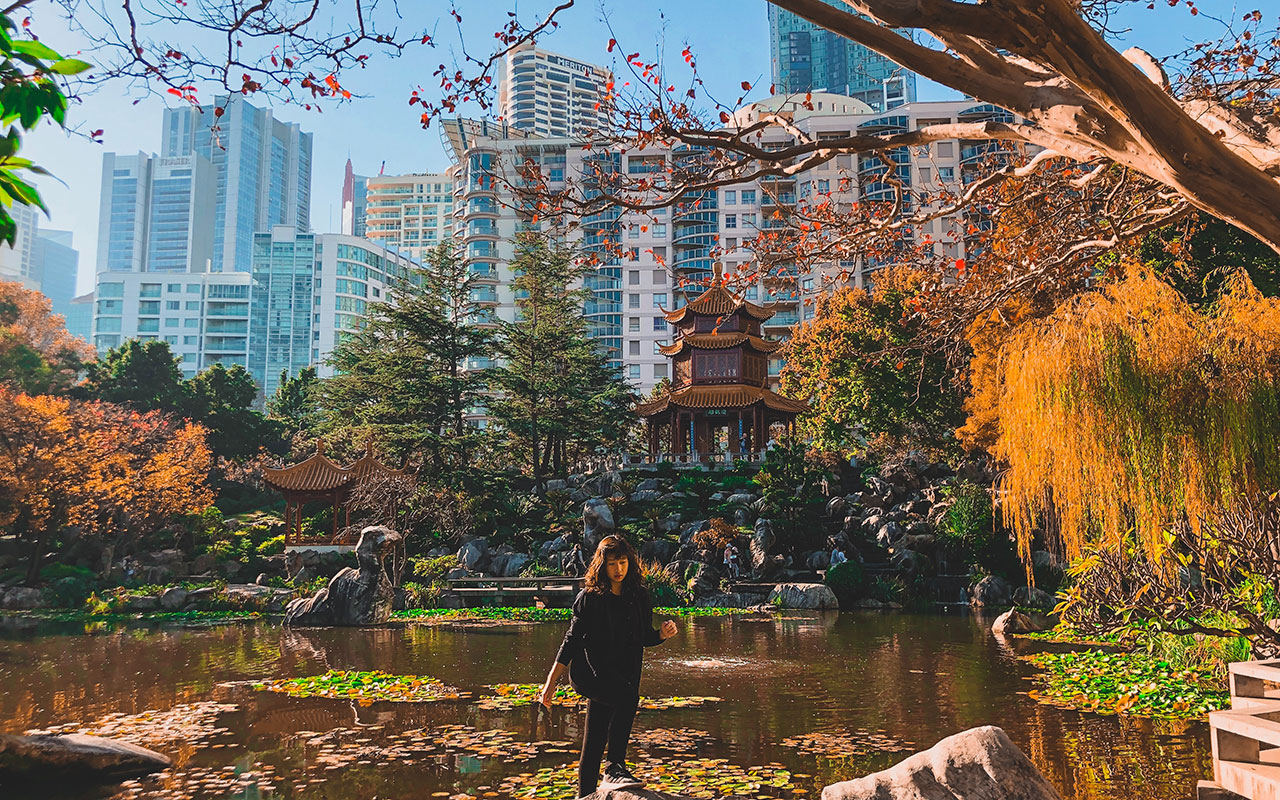Studies have shown that nature can bounce back if we provide the support it needs. Laura Stafford shares tips on how you can improve biodiversity and value when looking at new developments
The UN identified 2020 as a year of reflection and opportunity for us all to ‘build back better’ by using this moment to increase the resilience of nations and communities as we recover from the Covid-19 pandemic.
Nature is vital for society, food security, clean water, fresh air, and the enrichment of our health. This need has been pronounced by the lockdown, which has emphasised the importance of nature and the positive impact it can have on our physical and mental wellbeing. We must not forget that the UK is one of the most nature-depleted countries in the world.
Nature’s decline has been caused by us, through centuries of habitat loss and degradation. Since 1970, this decline has accelerated due to intensive agricultural practices, climate change, urbanisation, pollution, hydrological change, invasive non-native species and woodland management. Some 70% of England’s land is used for farming, 11% for urban development and only 10% is forested. In the past 50 years, Britain has lost 97% of its wildflower meadows and 75% of all flying insects, while 15% of all species are at risk of extinction.
Climate change and habitat loss will have severe consequences, including soil erosion, loss of pollination services, increased flooding, and pollution. One in six properties in England are currently at risk of flooding. In 25 years, England will not have enough water to meet demand due to climate change. Cities and urban expansion place increasing pressures on natural resources. Thousands of hectares of farmland, woodland and wetland are built on each year.
Alongside nature’s decline, we are experiencing negative impact on our health. Just over a quarter of the UK’s population is obese, costing society £27 billion per year. There are 64,000 deaths due to air pollution per year, and care costs due to air pollution could reach £5.1billion per year by 2035. Mental illness affects 25% of adults and 10% of children, and costs the UK economy £94 billion every year in treatment, support and loss of productivity. Access to nature is an equality issue as well, with wealthy communities benefitting from much greater access than the disadvantaged.
Some argue this will be further exacerbated through an ‘extinction of experience’, as younger generations lose awareness of nature, causing indifference to loss of the natural environment. Our acts of environmental harm put our economic future, prosperity and health at risk.

What does nature need?
Studies have shown that nature can bounce back if we provide the support it needs, but this will require a step-change in how we develop and manage our environment.
This can be achieved, in part, by addressing the way we produce food and develop settlements. From the creation of urban parks for civic health to the Garden City movement, people have intuitively understood that natural space is vital for health. Chicago has planted 20,000 trees in response to research by Kuo and Sullivan on the social value trees bring to communities, and we have also witnessed how re-wilding agricultural land can improve farming productivity, such as the Knepp Estate, where nature was allowed to take over following the financial collapse of the intensively farmed estate lands. But we need to make bolder moves to give nature the space it needs to recover.
The Lawton Review (2010) revealed that wildlife sites, despite their diversity, did not comprise a coherent and resilient ecological network, and would not be able to cope with climate change. The review called for the creation of natural networks that are bigger, better, and more joined up. This preceded the government’s Environmental Bill, which mandates biodiversity net gains in new developments, and the Agriculture Bill, which will reward farmers for improving soil quality and biodiversity.
The Wildlife Trusts have taken this one step further and proposed the creation of Nature Recovery Networks (NRNs), which would reconnect habitats and provide space for wildlife to move and flourish.
NRNs adopt a four-stage process to create a system for nature’s recovery:
- Protect the wildest places
- Connect them with natural corridors
- Enhance and increase the overall area for wildlife recovery, with a recovery zone
- Find space for wildlife in the wider landscape

Placemaking for nature
JTP has, for many years, been working with the Wildlife Trusts and other charities across the UK to create places that support and encourage nature. The London Wetland Centre in Barnes was one of its earliest nature conservation and restoration projects. Sir David Attenborough praised the scheme as ‘the ideal model for how humankind and the natural world may live side by side in the 21st century’.
In 2019, we collaborated with the Wildlife Trusts to create a nature-led vision for the Oxford-Cambridge Arc, called 100 Miles Wilder. The government’s 2020 Budget declared plans to develop a long-term spatial framework to support strategic planning in the Oxford-Cambridge Arc. Their focus is on supporting the area’s future economic success and the delivery of new homes required by this growth up to 2050. However, there is no mention of natural capital or wildlife in these proposals.
100 Miles Wilder is a vision for nature-led development across the OxCamArc, which will ultimately lead to a more prosperous economy and sustainable growth. Taking this approach will allow for the most valuable habitats to be protected, increase natural capital through connecting and enhancing ecological networks, and improve everyone’s access to nature. Coupled with a strategic environmental assessment and a sustainable travel index, this could inform the best places to build new communities. A vision map was created as part of this environmental advocacy, with 10 principles for Building Nature’s Way.
Investment in infrastructure is usually based on a cost-benefit comparison. Recent advances in evaluating social and environmental value mean we can better understand the benefits of natural capital. These include the mental and physical health benefits that contact with nature can provide, increasing natural carbon sinks, reduced flood risk and improved pollinator services. For every £1 invested in natural capital, the Office for National Statistics estimates a £70 social and environmental benefit.

What can you do?
When looking at a new development site and considering how you can improve biodiversity and value, remember the mantra ‘protect, connect, enhance, find space’.
Protect
- Do not build on high priority habitats.
- Recognise that the inherent value of our land should be related to public benefit and connection with the natural world.
- Do not treat trees as just category A,B,C – native mature trees have significant ecological value and should be retained.
- Save money by retaining natural or historic landscape features, such as hedgerows and ditches.
Connect
- Think about strategic links and blue and green corridors across a site.
- Recognise that north-south connections are especially important for environmental resilience, allowing wildlife to migrate northwards in response to climate change.
- Ensure that homes of all tenures benefit from proximity to natural spaces and doorstep play.
- Look 3-5km beyond the site redline and see if there is a larger network to connect to. This scale starts to consider movement of wildlife.
Enhance
- Instead of focusing on ecological ‘constraints’ look at ‘opportunities’ for nature.
- Grasp natural opportunities for a social connection to nature, economic value and environmental gains.
- Create corridors, not buffers.
- Support or create ecotones. These are the fuzzy fringes between different habitats (such as a woodland and meadow), which can be the most ecologically rich and biodiverse places.
Find space for wildlife in the wider landscape
- See how a development’s roofscape can support wildlife with a mosaic of green and brown biodiverse roofs.
- Promote planting of native, resilient species.
- Look for façade opportunities to integrate biodiversity and amenity space.
On a personal level, you can look for opportunities to find space for wildlife in your home and workplace. Planting native species, supporting bees and pollinators, growing food, and engaging with nature. Slowing down and observing nature can soothe the mind and activate the parasympathetic nervous system. Appreciating nature can also lead to pro-environmental behaviour. For those self-isolating indoors, houseplants, views of nature outside, and images of sunlight through trees can all be therapeutic.
Our solutions are in nature, but we need to act upon them. From policymakers to placemakers, we all share responsibility to create natural places that support biodiversity and wildlife, and connect people with nature.
Laura Stafford is a senior architectural assistant at JTP. With over ten years’ of placemaking experience, both in the UK and internationally, Laura has worked across the scales of urban design and architecture and is a keen advocate for the natural environment with a particular interest in how the built environment can support nature’s recovery.
Featured image: Chinese Gardens in the Sydney, Australia © Celine Lityo






